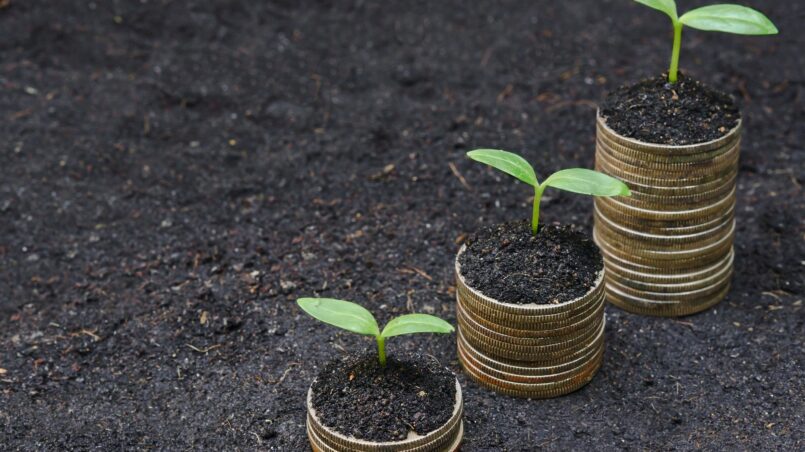Introduction
Climate change has been recognised as one of the most critical challenges and globally, and India has announced plans to be net zero by 2070.
In line with this, the Reserve Bank of India has released a framework for green deposits, which are interest-bearing deposits earmarked for use by banks in green finance projects.
Regarding the Framework
The framework requires deposit-taking institutions to enact board-approved policies on green deposits, allocate them under the official Indian green taxonomy, and subject them to annual third-party verification and impact assessments.
Under the framework, green deposits will need to be allocated under the official Indian green taxonomy, which is in development. Until then, the RBI has provided sectors under which green deposits may be used–including renewable energy, clean transportation and biodiversity conservation–and exclusions such as projects involving the extraction or production of fossil fuels.
Moreover, the framework requires banks’ uses of green deposits to be subject to annual third-party verification and impact assessments. Several Indian banks and non-bank financial companies already offer green deposits, as do several global firms including Citibank and HSBC. The RBI currently has a D rating on the Green Central Bank Scorecard. Although it received high marks for research and advocacy, it did not perform as well on monetary and financial policy.
The framework issued by RBI has detailed guidelines for acceptance of ‘green deposits’ by banks and NBFCs wherein the funds could be used for financing activities like renewable energy, green transport and green buildings. This green deposit framework is the first of three that Governor Shaktikanta Das has said the central bank would be releasing in the coming months. The others will relate to disclosing climate-related financial risks and climate scenario analysis and stress testing. The three frameworks come nearly a year after the RBI first issued a discussion paper on climate risk and sustainable finance in July 2022, which was broadly aligned with the recommendations of the Taskforce on Climate-related Financial Disclosures. India has announced plans to be net zero by 2070.
Genesis of Green Deposits
As climate advocates from WWF have noted, banks in India “suffer a relatively high climate physical risk”. In 2019, India was the seventh most-affected country, according to the Global Climate Risk Index published by GermanWatch, with more than 2,000 climate-related fatalities and losses of nearly US$70bn.
Accordingly, WWF notes that India could be exposed to green swan risks, “rare, unexpected events with extreme impacts which could trigger the next systemic financial crisis”.
Green finance is also progressively gaining traction in India, RBI said as it issued the framework for acceptance of green deposits by regulated entities. Some Regulated Entities (REs) are already offering green deposits for financing green activities and projects. The framework will come into effect from June 1, 2023.
The purpose and rationale for the framework, RBI said is to encourage REs to “offer green deposits to customers, protect interest of the depositors, aid customers to achieve their sustainability agenda, address greenwashing concerns and help augment the flow of credit to green activities / projects”.
Purpose
Further, the central bank said the allocation of proceeds raised from green deposits should be based on the official Indian green taxonomy. Pending finalisation of the taxonomy, as an interim measure, REs would be required to allocate the proceeds raised through green deposits towards a specified list of green activities/projects. The projects must encourage energy efficiency in resource utilisation, reduce carbon emissions and greenhouse gases, promote climate resilience and/or adaptation and value and improve natural ecosystems and biodiversity.
Renewable energy, energy efficiency, clean transportation, climate change adaptation, sustainable water and waste management, and green buildings, are among the list of projects/activities where REs could allocate the proceeds raised through green deposits. RBI has also mentioned about a list of ‘exclusions’ for REs. This includes projects involving new or existing extraction, production and distribution of fossil fuels; nuclear power generation; and direct waste incineration. Banks and NBFCs will have to put in place a comprehensive board-approved policy on green deposits.
There are several other applications of green deposits and the impact of financial solutions to climate change problems shall be seen in the time to come.
DISCLAIMER
The content of this article is intended to provide general guidance on the subject matter. Specialist advice should be sought about your specific circumstances.


